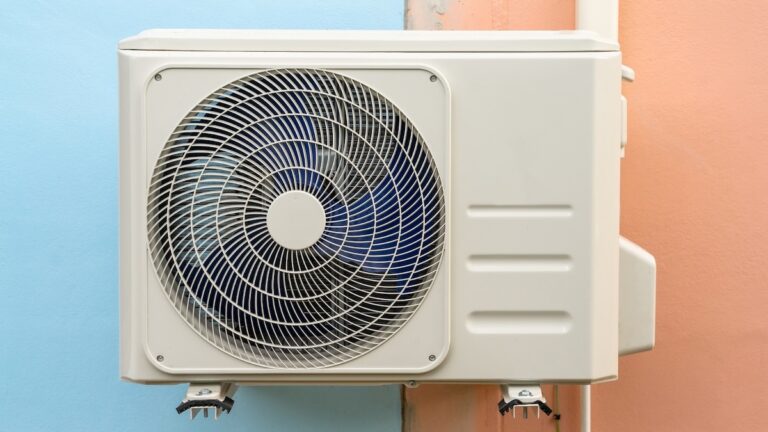Power prices are expected to soar under new tax cut and spending law
In states without policies to drive renewable energy, power prices could surge as federal tax incentives for clean energy disappear, according to Energy Innovation, a think tank.
Current Access Level “I” – ID Only: CUID holders, alumni, and approved guests only
To solve the clean energy equation, the EU needs to spend less time on butterflies and tornadoes and start focusing on the gaps in-between, writes Christopher Hawes.
In states without policies to drive renewable energy, power prices could surge as federal tax incentives for clean energy disappear, according to Energy Innovation, a think tank.
The US president has given the Kremlin 50 days to end the three-year war in Ukraine or see buyers of Russian oil and gas hit with a 100% tariff.
Trumps handelskrig er bare ét tegn på, at vi befinder os i den økonomiske krigsførelses æra. Og vi kan meget vel komme til at savne den, når vi ser, hvad der venter bagefter, fortæller Edward Fishman, som var med til at udforme Barack Obamas sanktionspolitik
This special CGEP blog series, featuring six contributions from CGEP scholars, analyzes the potential impacts of the OBBBA across a range of sectors.

The US Department of Defense has announced a multibillion-dollar public-private partnership with MP Materials.

This report explores how residents of North Lawndale, a predominantly Black and historically under-resourced neighborhood on Chicago’s West Side, experience the compounded effects of heat waves and power outages.
